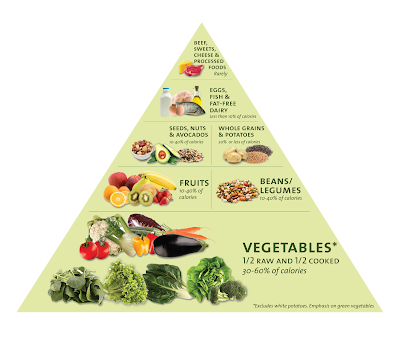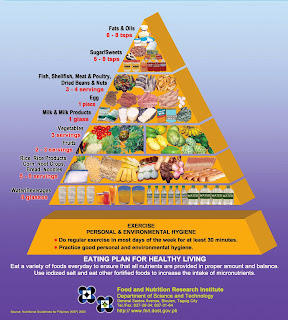The profit-hungry corporations would like to make every part of our life a commodity that needs to be bought. Water is already much owned and controlled by the corporations – thanks Nestlé and Coca-Cola – and if they could have it their way, they would probably bottle up the oxygen and sell it to us, in the belief that everything needed to survive as a human being should be bought using money.
Anyone interested in how our world functions should be aware of what is controlling our lives and discreetly dictating our choices.
I would describe a commodity as a form of energy, in the form of food or raw materials. Pretty much everything we use in our daily lives is linked to the trade of commodities. Their price also affects our daily lives, though we may not be aware of it. Most people understand that the price of crude oil influences the price they pay for transportation, but do they realize the effect it has on the production and trade of all other commodities? For the 3 billion plus poor people on this planet, commodity prices determine if they will go to sleep hungry or not. Below is a list of the major commodities.
The following commodities are mined and on the market are referred to as hard commodities:
– Crude Oil
– Natural Gas
– Coal
– Electricity
Minerals / Metals
– Sand
– Salt
– Steel
– Gold
– Silver
– Palladium
– Platinum
– Aluminum
– Copper
– Nickel
– Uranium
– Lead
– Zinc
– Tin
These commodities are grown and on the market are referred to as soft commodities
Foodstuff
– Soybean
– Corn / Maize
– Wheat
– Rice
– Sugar cane
– Coffee bean
– Cacao bean
– Tobacco
– Pork
– Poultry
– Beef
Raw materials
– Cotton
– Rubber
Let us not forget that not so long ago, human slaves were traded like commodities. Sadly it still exists in the shadows, the victims being mostly children and women for the labour and sex trade.
Below is a collection of infographics found online that present information relating to commodities and trade. They are created by a various number of different sources and it's always noteworthy to mention that they may have an agenda in the message put forth. Always question the source!
















































